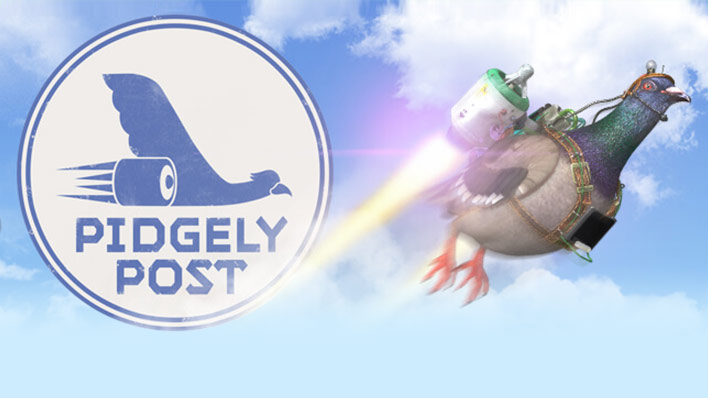Minds On
Drones
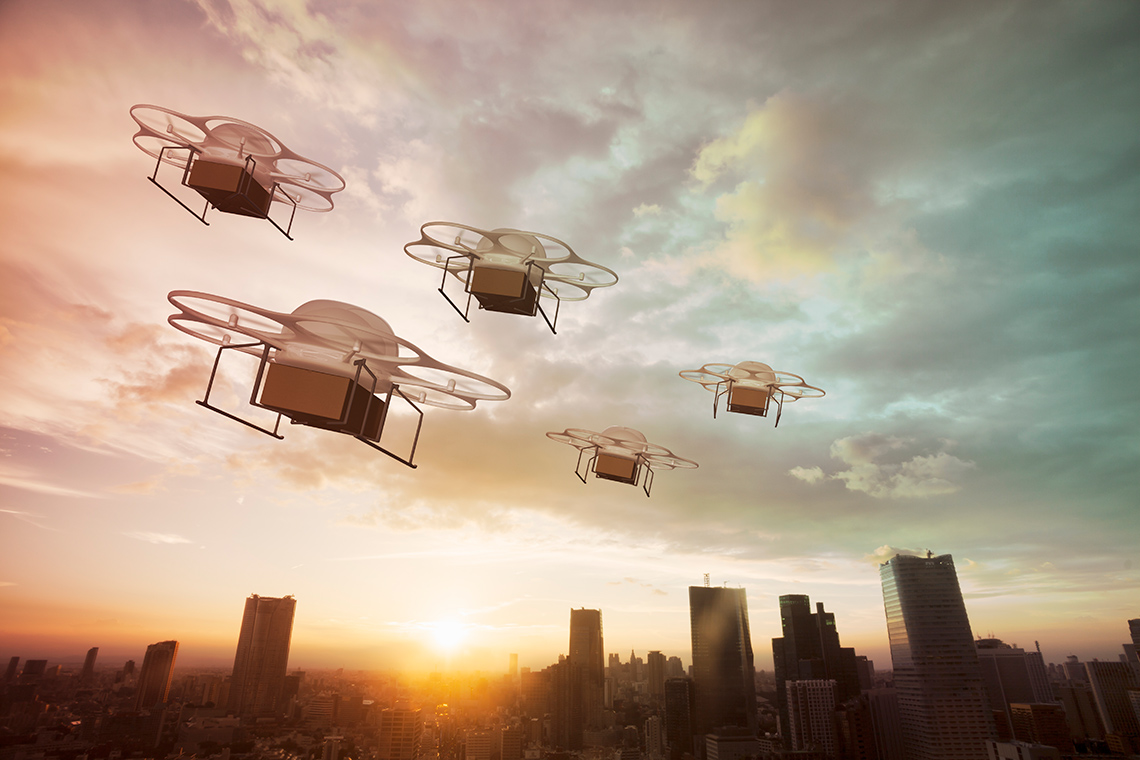
Do you know what a drone is and what it can be used for?
Throughout this learning activity, we will be exploring drone technology, it’s uses, and the advantages and disadvantages of using it.
Try It
Your turn!
Let’s begin with a game. This is a game from the series, Annedroids on TVO. Annedroids explores many topics, like electricity, space, flight, biodiversity, etc.
In this game, you need to help the pigeon fly across town, without flying into any drones.
It’s time to play a game! You will now access Pidgely Post – Annedroids.
How did you do?
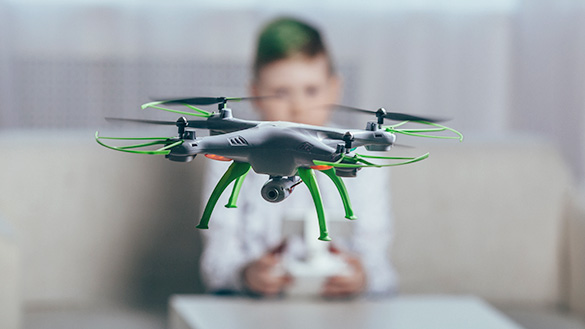
Flying a drone from the ground can be complicated.
Much like in the game, you are not always just flying straight ahead at a constant altitude.
You need to be able to move the drone up and down, from side-to-side, and forwards and backwards at times. Other times, it needs to hover.
Brainstorm
Brainstorm
Can you think of how drones might be used in real life aside from just playing with them and having fun?
Record your ideas in your notebook or in another method of your choice.
Action
Future impacts
This learning activity connects new and existing approaches for young scientists to create positive changes in their communities.

Uses of drones

Drone technology is now being used in many different occupations for many different uses. More and more people are even using them for fun and entertainment.
To learn a bit more about drones how some people are using drones for their own fun and learning, explore the following video about Monica who takes her drone on a nature walk around the Scarborough Bluffs. Her drone provides most of the video footage in the clip!
Brainstorm
Brainstorm
Monica’s drone provides a “bird’s-eye view” and allows her to explore parts of the Scarborough bluffs that she might not normally be able to access on her own.
In your notebook or using another method of your choice, make a list of ways scientists might use drone technology to learn about different species, habitats or the environment.
Although drones can have many positive uses, let’s think critically about some of the disadvantages of drones operated by people in public spaces.
Complete Drones: Advantages and Disadvantages Activity in your notebook or using the following fillable and printable document. If you would like, you can use speech-to-text or audio recording tools to record your thoughts.
|
Drones in Public Spaces |
|
|---|---|
|
Advantages |
Disadvantages |
Press the ‘Activity’ button to access Drones: Advantages and Disadvantages Activity.
How many different advantages and disadvantages were you able to list?
Press the following tabs to access possible options of advantages and disadvantages of using drone technology.
- Can explore a “bird’s” eye view of an area, which is a unique perspective.
- And collect data that is important to biodiversity, climate change, etc.
- Drones are rechargeable.
- Drones allow for precision in flying.
- Can deliver packages.
- Help journalists reporting from dangerous places.
- Can be used for filming videos for movies, TV, clips for social media or advertising.
- Help law enforcement (police, military, etc.) in dangerous situations.
- They can save lives. For example, in natural or manmade disasters, drones can be positioned to survey damage, locate stranded and injured victims, and assess ongoing threats without risking the safety of rescue teams and first responders.
- They can contribute to safe infrastructure maintenance and management. For example, inspecting the underside of a bridge or the top of a skyscraper can be tricky and costly. Drones can inspect these structures remotely without huge cranes or expensive and risky work.
- May intrude on people’s privacy (some people do not want to be filmed or recorded without permission).
- Can interfere in the airspace of actual planes.
- Can disturb wildlife.
- Could injure someone in public.
- New technology that is still in development.
- Requires skill development to fly them well.
- Insurance issues and/or need special permits to operate them in certain areas and regions.
Parks Canada and drone technology
Parks Canada is responsible for taking care of all of Canada’s National Parks, but they also study them and actively work to preserve them. There are close to 50 National Parks across the country, and many are so big that they contain many areas not easily accessible by humans! This is where drones can come in handy!
Check this video entitled Fish Talk with Leo to learn one of the ways Parks Canada is using drone technology to measure the health of a plant species in its natural habitat.
Student Success
Check your understanding
Based on what you learned from the video, respond the following questions in your notebook or using another method of your choice:
- Why are eelgrass meadows so important?
- How are drones being used to protect the eelgrass meadows?
- Why do you think drone flight takes special permission and a license in a National Park?
- How is one drone image formed?
Press ‘Hint’ to access some possible responses.
- Why are eelgrass meadow so important?
The roots hold the eel grass in the sediment and help slow the currents and keep nutrients in the soil. This makes the area a great place for baby fish to grow. It is like a fish nursery for many different species.
- How are drones being used to protect the eelgrass meadows?
Drones are used at low tide to take pictures from the air to monitor what is happening in the meadows. Drones are also used to monitor for “boat scarring” or cuts to the eelgrass made by the props/propellers of boats. Parks Canada can then put up buoys in damaged areas to guide boaters away from the meadows and protect them.
- Why do you think drone flight takes special permission and a license in a National Park?
Because the drones could disturb visitors and wildlife.
- How is one drone image formed?
The drone takes multiple pictures of the eelgrass at low tide when the grass is exposed to the air. Later, using software, the pictures are combined to make one image.
Connecting to the forces of flight
Based on what you learned from the video, create a description, a written explanation, or an illustration with symbols and/or images of how the forces of flight apply to a drone.
Record your ideas in a notebook or using another method of your choice.
Press ‘Hint’ to access a brief review of the forces of flight.
The four forces of flight are:
- Lift - the force that raises the flying object or device up.
- Weight - the force that pulls the flying object or device down (includes gravity).
- Drag - the force that pulls the flying object or device backwards.
- Thrust - the force that pushes the flying object or device forward.
In the example of an airplane, all four forces act on the plane at once and in equal and opposite directions.

Forces of flight
An airplane diagram with labels of the four forces of flight. On the bottom of the plane, there is an arrow pointing down to show the force of weight pulling the plane down. Over the top of the airplane, an arrow points up to show the force of lift, raising the plane up. At the plane’s nose or tip, an arrow points in a forward direction for the force of thrust, so pushing the airplane forward. At the plane’s tail, an arrow points in a backwards direction, showing the force of drag pulling the plane backwards.
Monitoring changes on our planet
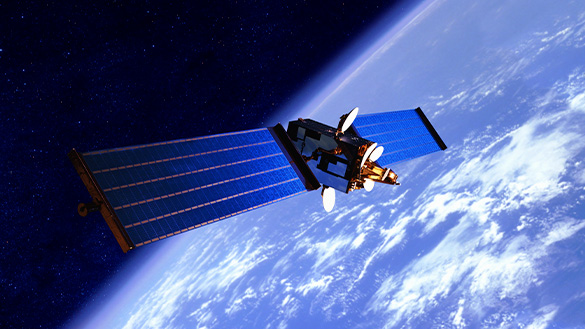
The Canadian Space Agency (CSA) monitors the Earth from space using satellites.
As drone technology continues to evolve and become more sophisticated, they have been considering how they can use both satellite technology and drone technology to monitor our planet and the changes it’s undergoing related to global warming.
Investigate
Investigate
Let’s investigate some of the Canadian Space Agency’s drone technology projects!
Access the teacher-provided link to explore the CSA’s Recent Projects webpage.
Using their list of recent projects, record your observations, inferences, and thoughts for at least two different projects.
Complete the CSA Recent Drone Projects in your notebook or using the following fillable and printable document. If you would like, you can use speech-to-text or audio recording tools to record your thoughts.
|
Project Application |
Project Description |
What I Think: |
What I Wonder: |
|---|---|---|---|
|
1) |
|||
|
2) |
Press the ‘Activity’ button to access CSA Recent Drone Projects.
Self-assessment
Reflecting on our work and self-assessing is an important step in our learning process. Before continuing, take a moment and use the following checklist to review your learning thus far:
Did I…?
Pause and Reflect
Protecting our planet
In a notebook or using another method of your choice, reflect on the following question:
What are some other ways drone technology can be used to help monitor and protect our environment and the diversity of life on our planet?
Consolidation
Learning check!
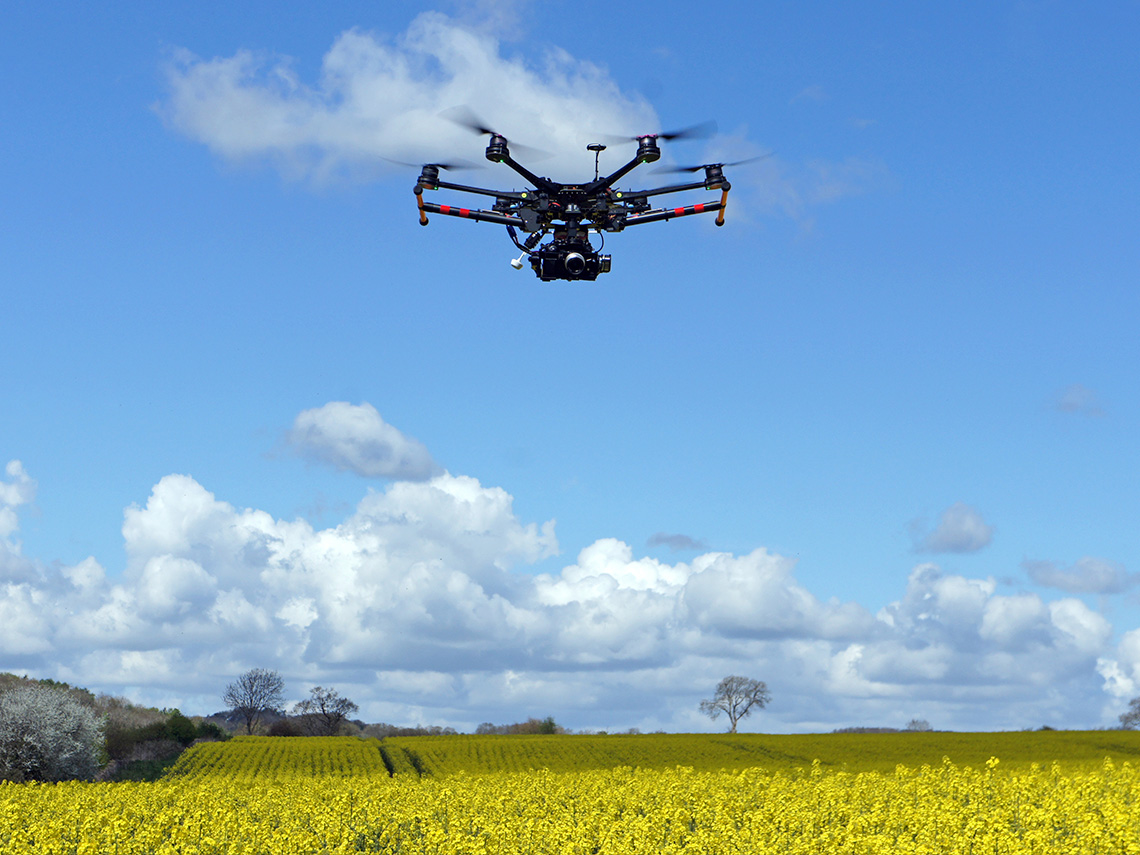
For each sentence, select the missing word from the drop-down menu.
Pause and Reflect
Pause and reflect
In your opinion, do the advantages of drone technology outweigh the disadvantages?
Try to include specific examples from the videos and materials you explored throughout this learning activity. If possible, include a local and global example in your response.
Record your ideas in a notebook or another method of your choice.
If possible, share your ideas and thoughts with a partner.
Before sharing your work, you may review the following checklist to assess your work:
Did I explain my learning by…?
Reflection
As you read through these descriptions, which sentence best describes how you are feeling about your understanding of this learning activity? Press the button that is beside this sentence.
I feel…
Now, record your ideas using a voice recorder, speech-to-text, or writing tool.
